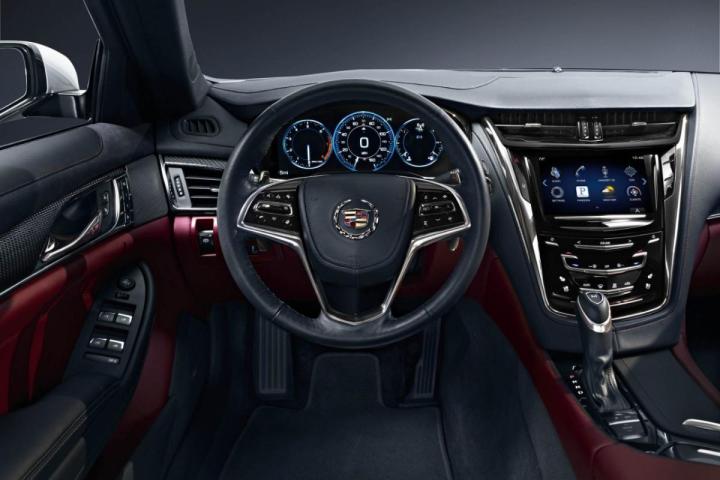
It’s no secret that connecting to the performance of a car from the cockpit is tied to being able to hear what’s going on under the hood.
The rocket science behind it all is how a carmaker pulls off enhancing that experience without taking away from the true authenticity of the engine’s unique sounds when driving the vehicle. It’s especially tough with the strict noise limitations mandated by government agencies.
For the all-new 2014 Cadillac CTS, GM says the process included applying the principles of psychoacoustics, the science of sound and perception. Building on the idea that engine sound communicates throttle response, CTS engineers tuned the car with specific audio properties related to its three distinctive driving modes – Tour, Sport and Track. Then they added in the car’s Bose audio system.
The Tour mode is intended to produce a sound that evokes the new CTS’s refinement. The Sport mode was tuned for a more powerful soundtrack. The car’s most aggressive sound – and likely the most pleasing to performance enthusiasts – is Track mode, which is only available on the CTS Vsport, which is equipped with Cadillac’s first Twin-Turbo V6 engine that generates 420 horsepower.
Relying on a bit of human instinct, the CTS engineering team spent considerable time assessing what sounds were pleasing to the ear, then compared them to competitive models before narrowing down the final tones.
To enhance the sound even more, microphones were strategically placed in the cabin and used an integrated electronic enhancement system to execute the sound designs. The microphones assess the natural sound of the engine and the enhancement system selects preferred tones to come through CTS’s Bose audio system.

“The sound enhancement system acts like a choir conductor, calling forth certain engine sounds to sing the loudest depending on the driving mode,” said Dave Leone, CTS executive chief engineer, Performance Luxury Vehicles, in a press release statement about the technology. “We used our ears to tell us what sounded the best and programmed the system to listen for those tones. It is Cadillac’s Art and Science design philosophy applied to engine sound.”
It’s all a fitting tribute to the third-generation CTS, which at one inch lower and five inches longer than the previous model, looks a whole lot more menacing than its predecessor. Plus, enhancing the sound inside the car means the actual exterior exhaust not can be more in line with regulations while still giving the driver the needed feedback and aural enjoyment.
But is it cheating, per se? What car enthusiast doesn’t like to blip the throttle to let those nearby know there’s some menace under the hood? If only the driver can hear it, does it really make a sound?
Check out the video below and let us know in comments if the sounds live up to your expectations.


